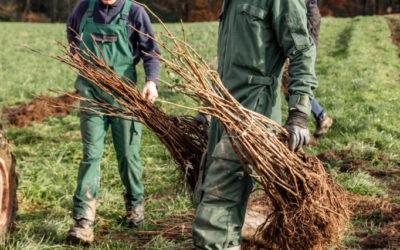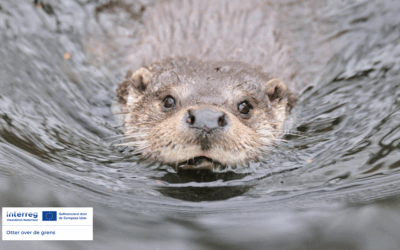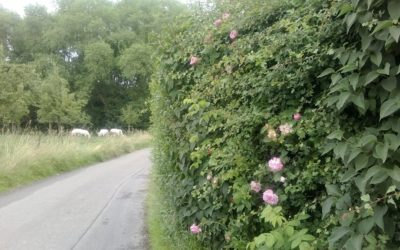1,250 metres of double-row hedges planted in Amay.
VAPEO
The project
Within Europe, Belgium has one of the highest population densities, a high degree of business activity and the second most compacted road network. When these roads were built, plant and animal habitats were lost. Their habitats have been divided into smaller and smaller, isolated patches. Waterways, railways and ribbon development also create obstacles for animals.
As a result, the survival chances of wild species are very much under pressure. Moreover, ten years of monitoring by the Animals Under the Wheels project show that some 5 million wild animals die on Flemish roads every year.
In the period 2019-2024, VAPEO implemented 10 priority bottlenecks of ecological fragmentation, and worked to further substantiate complex projects.
All known bottlenecks along regional and highways were included in an escapement database and scored using ecological criteria and feasibility criteria. A project scoring high can still be included in the list of bottlenecks to be implemented.
The constructions of this project range from very small or short to very big. So the contribution to objective ‘ecological connectivity’ is unknown, as there are no clear indicators for progress monitoring for defragmentation in Flanders.
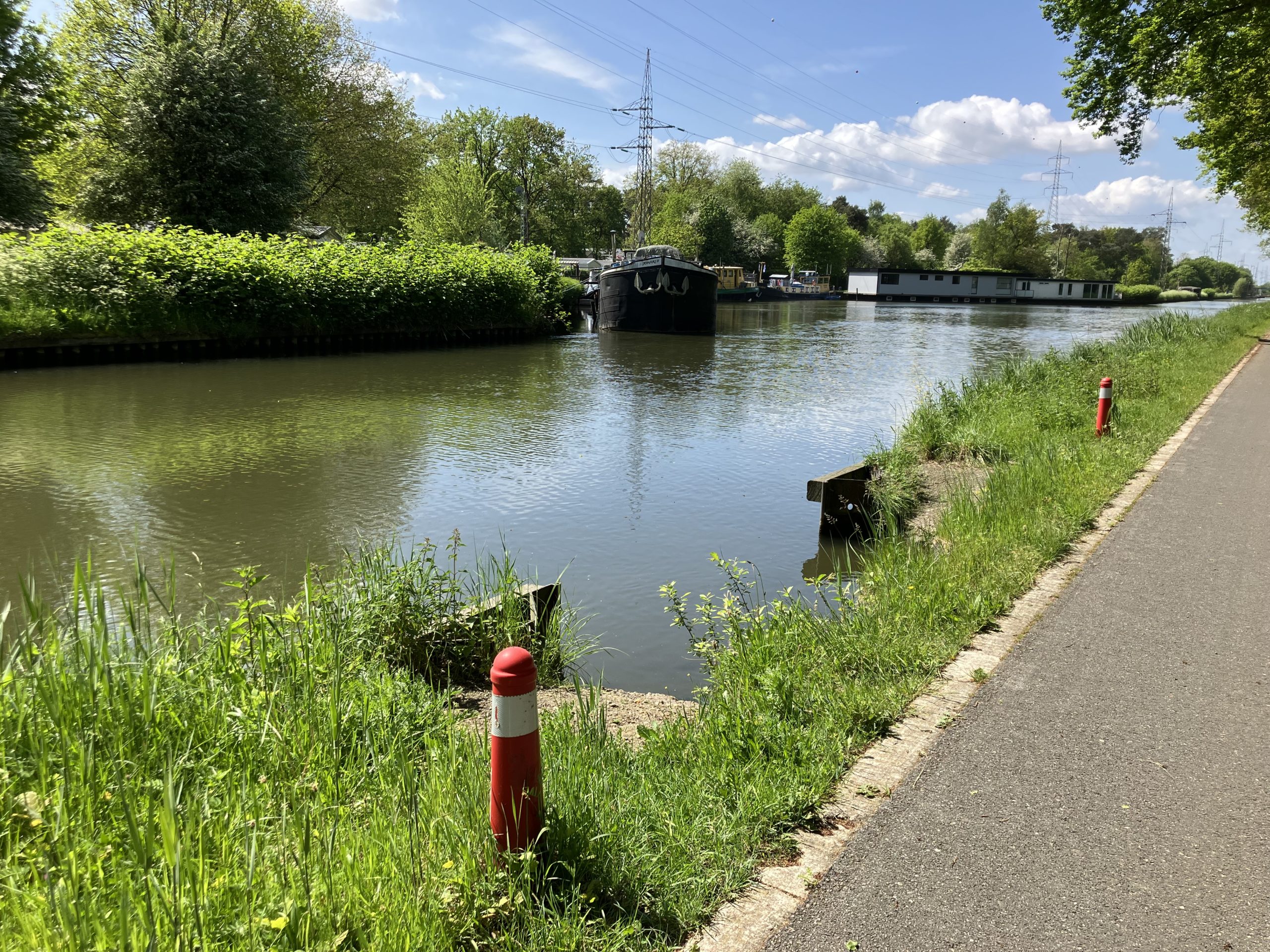
Project location
Contribution(s)
Project costs
Participant(s)

- The Agency for Roads and Traffic (AWV), the Department of the Environment (DOMG), the Institute for Nature and Forest Research (INBO) and the Agency for Nature and Forest (ANB) worked together on this multi-year plan.
- INBO also provided scientific support
How are the criteria of the objective met?
Ecological connectivity
- Facilitate the safe migration of animal and/or plant species across the different zones of the green-blue network;
- Restore and/or promote biodiverse landscape elements (e.g. trees, hedges, flowers, rivers) along linear infrastructures (e.g. roads, railroads);
- Have respect for and/or improve the environmental and ecological characteristics of the area.
- Incorporate these amenities into the surrounding area and environment;
- Manage the amenities ecologically (e.g. no use or rational use of pesticides).
Possible initiatives in which the project is involved :
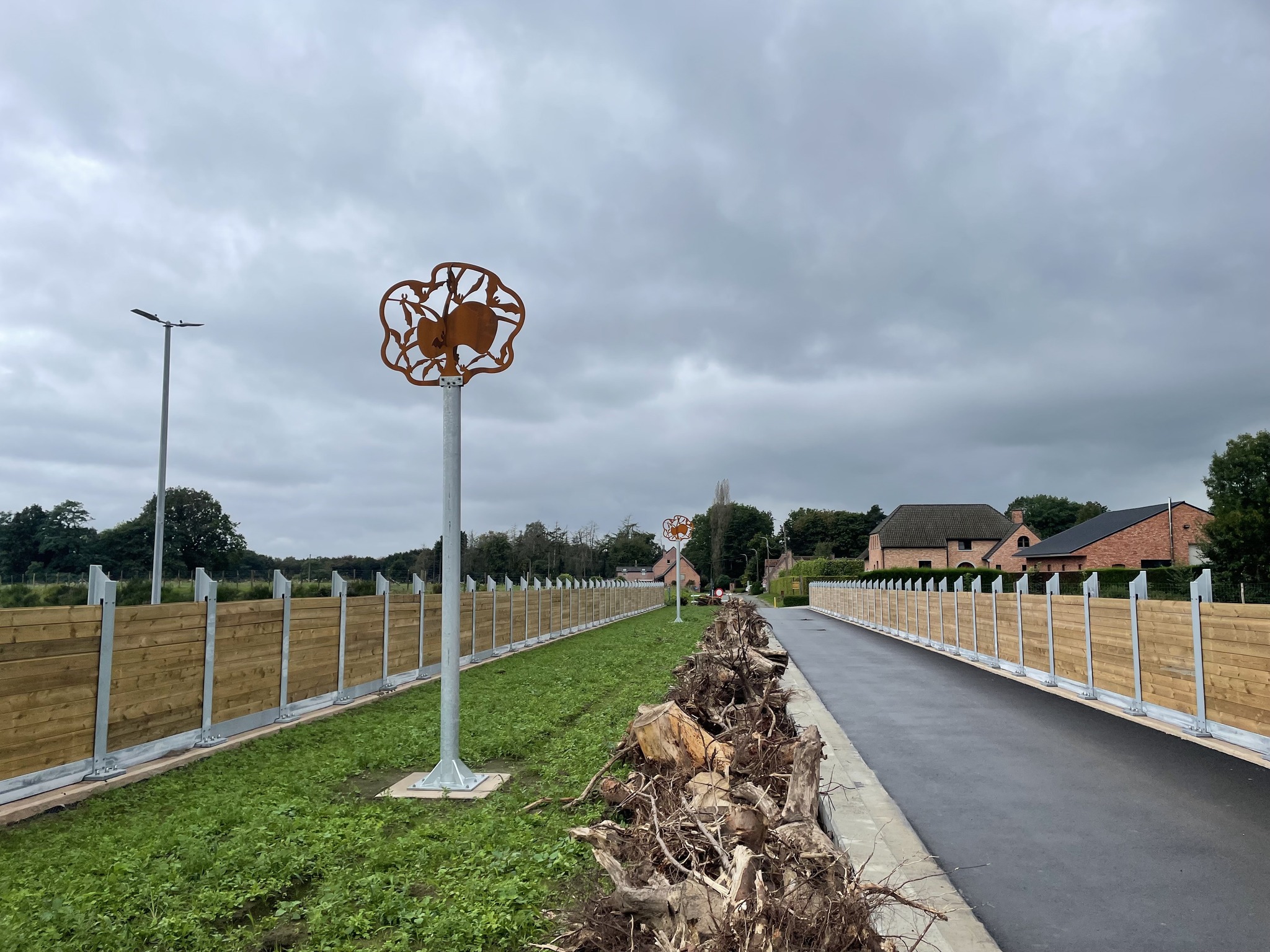
Long-term maintenance
Infrastructure managers are responsible for maintenance the engineering structures. ANB is responsible for green space management. The management is different for each site.
Benefits
Ecological defragmentation helps animals in multiple ways: it expands their living space, give them better access to food and shelter, and makes it easier for them to find a suitable mate. There is more gene exchange between populations, making populations healthier and species more adaptable. The risk of fauna casualties from road and rail collisions or drowning also decreases.
Other projects linked to the objective: "Ecological connectivity"
Otter across the border
This interreg project aims to give the otter additional opportunities by working on de-fragmentation and connecting wetland areas.
Behaag je tuin
Joint purchase of native hedges, hedgerows, wood edges and high-stemmed (fruit) trees
